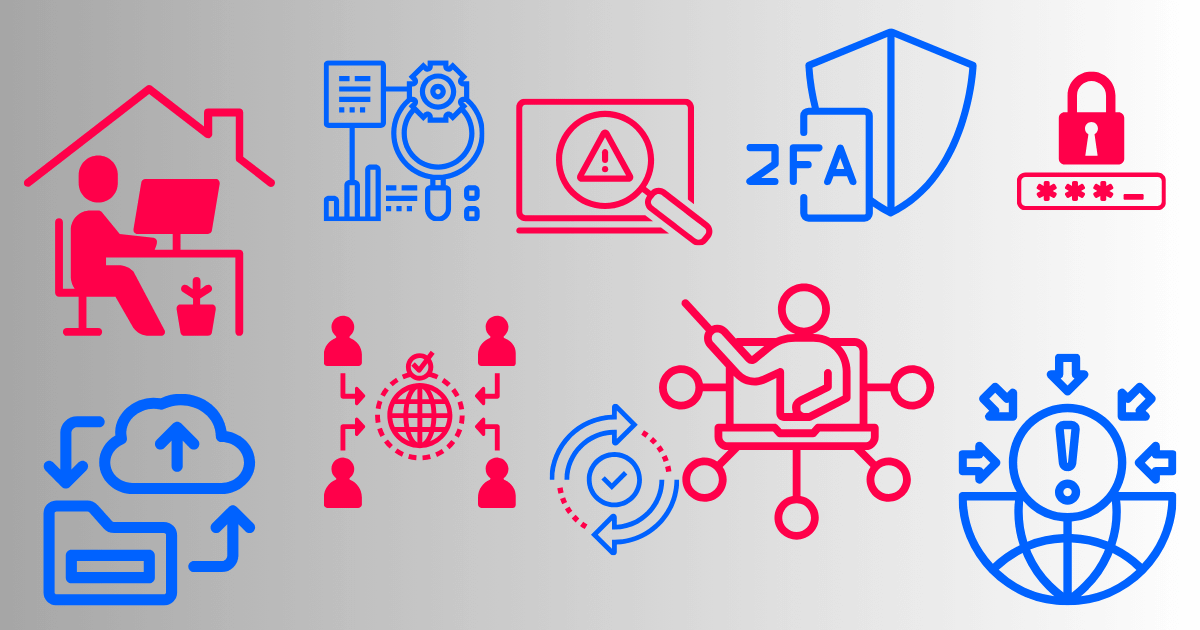
Top 10 Cybersecurity Best Practices
Nov 15, 2024
From ransomware to phishing, businesses of all sizes are vulnerable to online threats. Implementing a robust cybersecurity strategy is crucial for protecting sensitive data, avoiding expensive breaches, and maintaining client trust.
The following list of cybersecurity best practices can help to protect your organization from cyber threats.

1. Stay Informed About Cyber Threats
Keep up-to-date with the changing cyber threat landscape. Cybercriminals employ tactics like phishing, malware, and ransomware to exploit system weaknesses. By understanding these threats, you can better defend against them and create a proactive cybersecurity plan.

2. Enforce Strong Password Policies
Strong passwords are fundamental to cybersecurity. Encourage the use of complex passwords that include a mix of letters, numbers, and special characters. Regularly update passwords and avoid reusing them. Consider using a password manager to maintain unique passwords for each account.
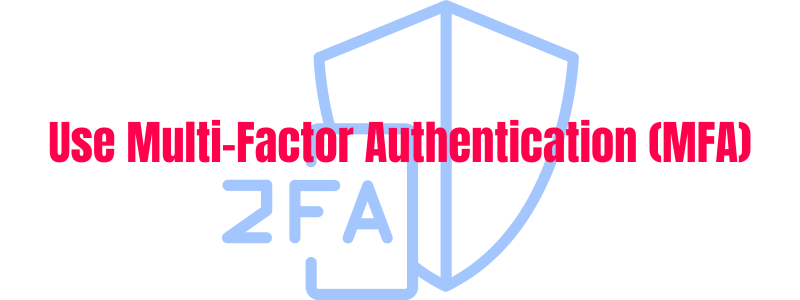
3. Adopt Multi-Factor Authentication (MFA)
MFA adds an extra layer of security by requiring multiple verification factors, such as something you know (password), something you have (security token), or something you are (biometrics). MFA greatly reduces the risk of unauthorized access.
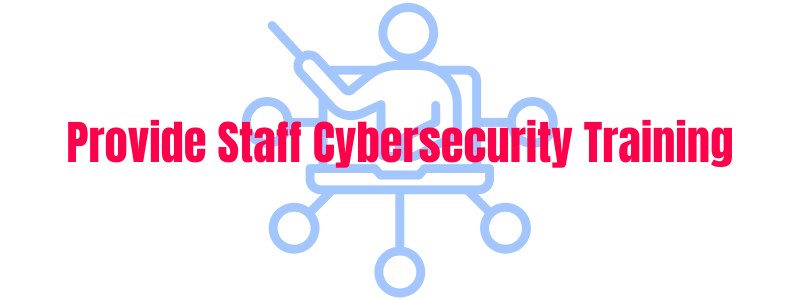
5. Educate Employees on Cybersecurity Best Practices
Employees are your first line of defense. Regular cybersecurity training on identifying phishing emails, securely handling sensitive data, and reporting suspicious activity fosters a security-conscious culture. Empowered employees are less likely to fall victim to attacks.

6. Develop a Data Backup Strategy
Regular data backups protect against data loss from ransomware, hardware failure, or accidental deletion. Perform frequent backups and store them in multiple locations, such as secure cloud storage. Test your disaster recovery plan to ensure quick data restoration.

7. Secure Remote Work Environments
With more employees working remotely, it’s crucial to follow cybersecurity protocols. Use VPNs to secure internet connections, and require company-approved devices. Remote workers should adhere to the same security practices as in-office employees to reduce breach risks.
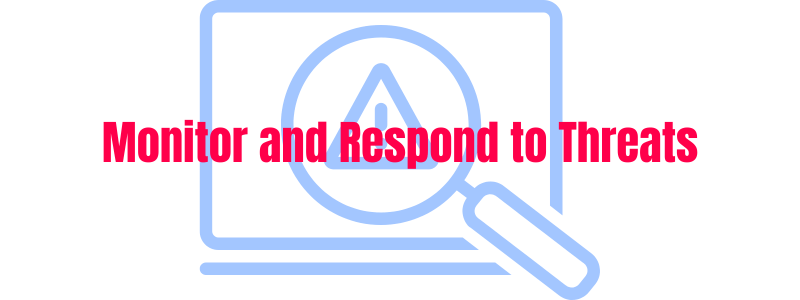
8. Monitor and Respond to Threats
Continuous monitoring of your network and systems is vital for detecting and responding to threats in real time. Use intrusion detection systems (IDS) or security information and event management (SIEM) tools to identify abnormal activity. A well-developed incident response plan ensures quick and effective action in case of a breach.

9. Restrict Access Based on Role
Implement role-based access control (RBAC) to limit access to sensitive information based on job responsibilities. This minimizes the risk of unauthorized access and potential data breaches.
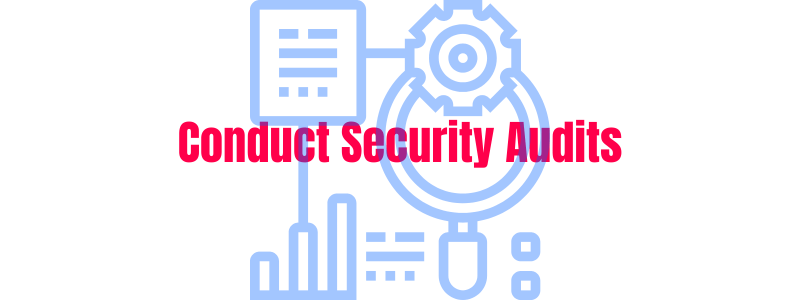
10. Conduct Regular Security Audits
Regular security audits help identify vulnerabilities and ensure compliance with cybersecurity policies. Conducting these audits allows you to address weaknesses and improve your overall security posture.
By following these tips, you can enhance your cybersecurity defenses and protect your business from the increasing number of cyber threats.
Need help improving your cybersecurity posture?
Call (734) 744-5300 or Contact Us to learn how our Cyber STACK can fortify your defenses.
